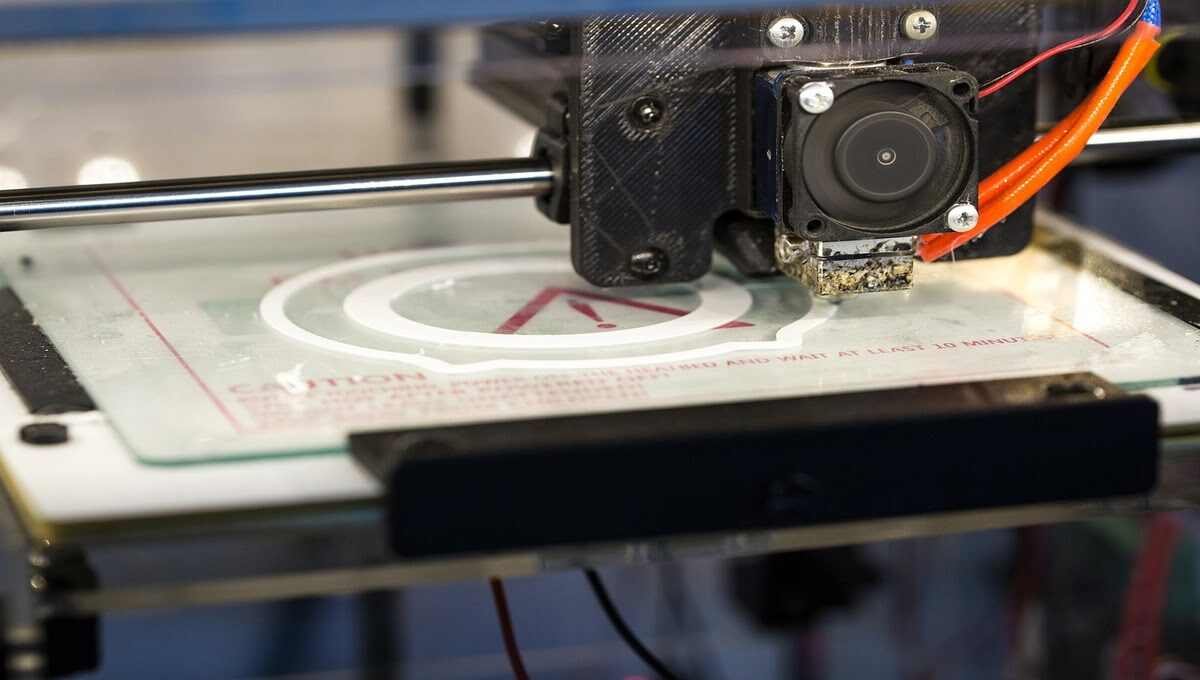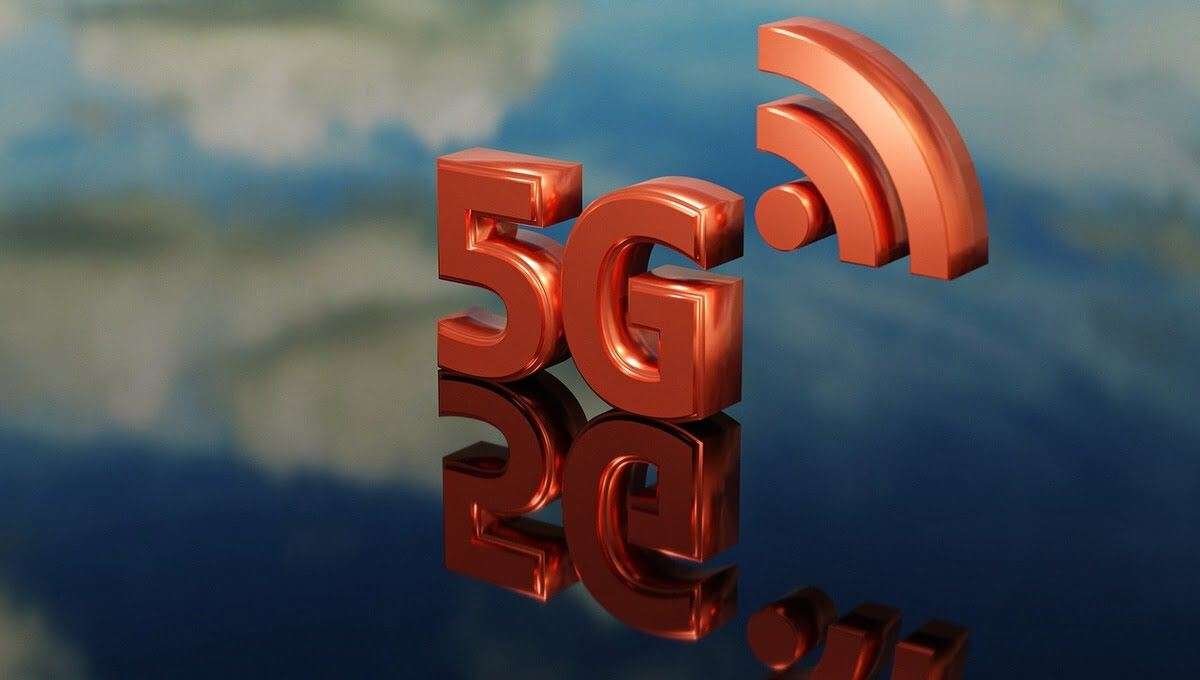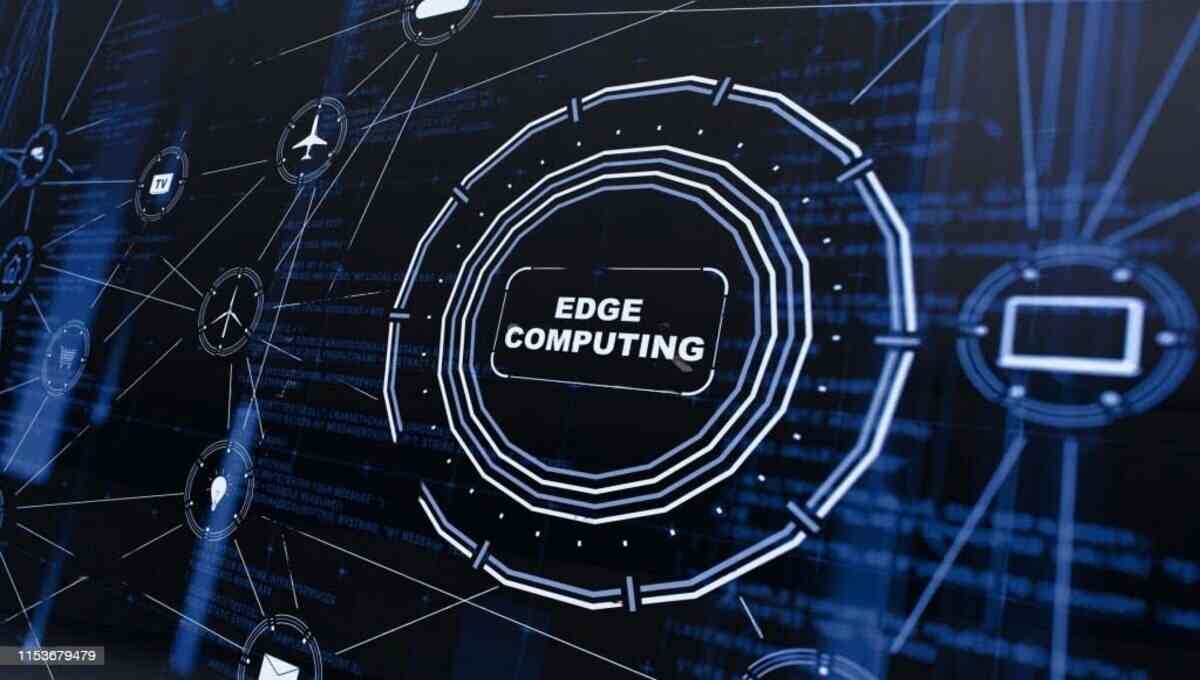5G
Evolution of 1g to 5g
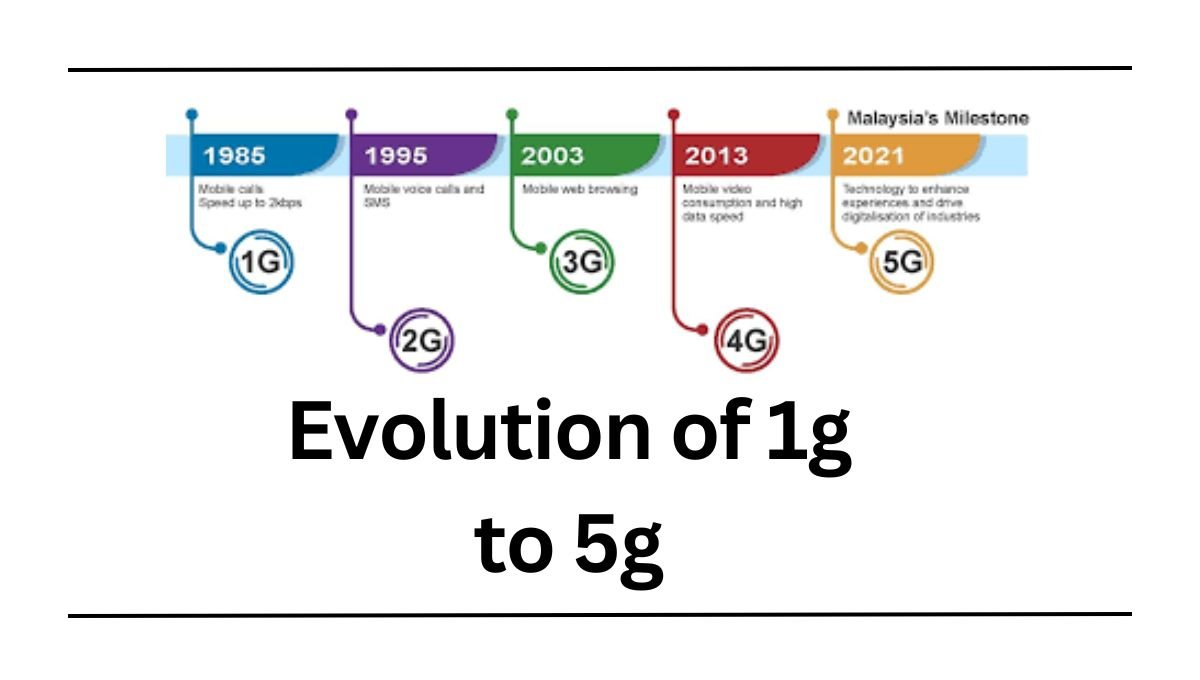
From Analog Calls to Immersive Experiences: The Evolution of Mobile Networks from 1G to 5G
The way we connect has undergone a radical transformation in the past few decades. From bulky brick phones making scratchy calls to sleek devices streaming high-definition videos, the journey from 1G to 5G has been remarkable. This article delves into the evolution of mobile networks, highlighting the key features and impacts of each generation.
Highlighting the key features and impacts of each generation.
1G: The Dawn of Cellular (1979–1991)
- Technology: Analog
- Speed: 2.4 kbps
- Applications: Voice calls only
The first-generation (1G) networks were like the primordial soup of mobile communication. They offered basic voice calls with limited coverage and poor quality. Imagine crackling calls with frequent drops—a far cry from today’s crystal-clear conversations.
2G: Stepping into the Digital Age (1991–2000)
- Technology: Digital (GSM, CDMA)
- Speed: Up to 64 kbps
- Applications: Voice calls, SMS, basic data services
2G ushered in the digital era, replacing analog signals with cleaner and more efficient digital transmission. This paved the way for Short Message Service (SMS), allowing text-based communication. While data speeds were still modest, they enabled rudimentary internet access and email on mobile devices.
3G: Unleashing the Mobile Internet (2000–2010)
- Technology: WCDMA, CDMA2000
- Speed: Up to 2 Mbps
- Applications: Mobile internet, video calls, multimedia messaging
The arrival of 3G marked a significant leap forward. With significantly faster data speeds, users could finally experience a true mobile internet. Video calls, music streaming, and basic mobile apps became a reality, transforming how we consumed information and interacted on the go.
4G: The Era of Smartphones and Social Media (2010–present)
- Technology: LTE, LTE-Advanced
- Speed: Up to 100 Mbps
- Applications: High-speed internet, video streaming, gaming, social media
4G brought about the explosive growth of smartphones and social media. With blazing-fast internet speeds, users could stream high-definition videos, play online games, and engage in real-time social interactions. From ride-hailing apps to video conferencing, 4G fueled the mobile revolution, shaping how we live, work, and connect.
5G: The Future Unfolds (2020–present)
- Technology: New Radio (NR)
- Speed: Up to 20 Gbps (theoretical)
- Applications: Internet of Things (IoT), autonomous vehicles, virtual reality, augmented reality
5G is still in its early stages, but it promises to be a game-changer. With incredibly high speeds, ultra-low latency, and massive network capacity, 5G will unlock a new era of possibilities. Imagine connecting billions of devices seamlessly, enabling smart cities, autonomous vehicles, and immersive virtual and augmented reality experiences.
Comparison of 1G to 5G technology

Conclusion:
The evolution of mobile networks from 1G to 5G is a testament to human ingenuity and the relentless pursuit of progress. Each generation has brought significant improvements in speed, reliability, and capabilities, fundamentally changing how we communicate and interact with the world around us. As we step into the 5G era, we can only imagine the exciting applications and experiences that lie ahead. The future of mobile technology is bright, and it’s all thanks to the remarkable journey from simple analog calls to the immersive possibilities of 5G.
FAQs
- Is 5G available worldwide?
While 5G deployment is ongoing globally, its availability varies by region. Developed urban areas typically experience faster adoption than rural or remote locations.
- How does 5G impact battery life on mobile devices?
5G can be more power-intensive than previous generations, potentially affecting battery life. However, advancements in device optimization aim to mitigate these concerns.
- What are the potential health effects of 5G radiation?
Extensive research is ongoing, but current evidence suggests that 5G radiation levels are within safe limits defined by regulatory bodies.
- Can existing devices be upgraded to support 5G?
In most cases, devices need specific hardware to support 5G. While some newer models are 5G-ready, older devices may not be upgradeable.
- How will 5G impact rural areas with limited connectivity?
Bridging the digital divide is a challenge, but initiatives are underway to extend 5G coverage to rural and underserved areas, promoting inclusive connectivity.
5G
What are small cells in 5G technology?

Imagine experiencing lightning-fast downloads, seamless streaming, and near-instantaneous responses in virtually any location. That’s the promise of 5G, the next generation of cellular technology. But achieving these groundbreaking capabilities requires more than just powerful towers beaming signals from afar. Enter the realm of small cells—minimal yet mighty players crucial for unlocking the full potential of 5G.
What are small cells?
Think of small cells as miniature versions of traditional cell phone towers. Unlike behemoths that blanket vast areas, small cells have a significantly smaller coverage range, typically spanning a few hundred meters to a few kilometers. This localized focus allows them to deliver more concentrated, high-power signals in strategic locations.
How does a small cell work?
Small cells use cutting-edge technologies like MIMO, beamforming, and millimeter waves for transmission that function just like the traditional cell concept. The small cell concept facilitates the easy deployment of low power transmitting stations.
Furthermore, small cell hardware units are made with less complexity in mind, making implementation quicker and simpler.
For indoor uses, small base stations (transceivers) can be mounted on a wall; for outdoor applications, they can be mounted on small towers or light posts. Fiber connections, cable connections, and microwave links can all be used for backhaul connections.
It only has to be linked to the power source and backhaul, which simplifies configuration.
Types of small cells
- Femtocells: These are the smallest type of small cell, with a range of about 10–30 meters. They are typically used in homes or small businesses to improve indoor coverage. Femtocells connect to the operator’s network through a broadband internet connection, such as cable or DSL. Opens in a new windowwww.iplook.com Femtocell, a small cell
- Picocells: Picocells are slightly larger than femtocells, with a range of about 100–200 meters. They are often used in public places, such as airports, hotels, and shopping malls, to provide coverage in high-traffic areas. Picocells connect to the operator’s network through a fiber optic or microwave backhaul connection. Opens in a new windowdgtlinfra.com Picocell, a small cell
- Microcells: Microcells are the largest type of small cell, with a range of about 1-2 kilometers. They are typically used in urban areas to provide coverage in areas with high cell traffic, such as busy streets and intersections. Microcells connect to the operator’s network through a fiber optic or microwave backhaul connection. Opens in a new windowwww.essentracomponents.com Microcell, small cell
In addition to these three main types of small cells, there are also a number of other types, such as:
- Metrocells: These are small cells that are designed for use in urban areas. They have a range of about 500 meters to 1 kilometer.
- HetNets: A heterogeneous network (HetNet) is a network that uses a combination of different types of small cells, such as femtocells, picocells, and microcells, to provide coverage in a particular area.
What is the difference between 5G and small cells?
5G and small cells are related but distinct concepts. Here’s the key difference:
5G:
- Technology: refers to the fifth generation of cellular network technology. It offers significant improvements in speed, capacity, and latency compared to its predecessors (4G, 3G, etc.).
- Focus: Primarily on enabling faster data transfer, improving the user experience, and supporting new applications like virtual reality and autonomous vehicles.
- Infrastructure: 5G technology can be delivered through various existing and new infrastructures, including macrocells (traditional cell towers) and small cells.
Small cells:
- Type of infrastructure: A specific type of cellular base station with a significantly smaller coverage area compared to macrocells.
- Focus: On enhancing coverage and capacity in specific locations by focusing signals on smaller areas with high demand.
- Role in 5G: plays a crucial role in delivering the full potential of 5G by:
- Providing targeted coverage in high-demand areas and filling coverage gaps.
- Enabling the use of high-band frequencies for ultra-fast speeds in specific locations.
- Improving indoor coverage through strategically placed small cells.
In simpler terms:
- Think of 5G as a highway with wider lanes and higher speed limits.
- Think of small cells as strategic exits and access points along the highway, ensuring smooth traffic flow and access in congested areas.
While 5G unlocks the potential, small cells are the infrastructure that delivers it effectively in targeted locations. Both are indispensable for achieving the ultimate goal of a seamless and powerful 5G experience.
Think “small“ is weak? Think Again!
Don’t underestimate their size. Despite their compact footprint, small cells pack a punch in several key areas:
- Enhanced Capacity: Densely populated urban areas, busy stadiums, and bustling business districts are hubs for high data demand. Small cells, deployed in these hotspots, alleviate network congestion by handling heavy traffic loads, ensuring you don’t get stuck buffering at the most crucial moments.
- Blazing-Fast Speeds: High-band frequencies used by 5G offer lightning-fast speeds, but their range is limited. Small cells operating in these bands bring extreme broadband performance to specific areas, letting you download movies in mere seconds and experience lag-free video conferencing.
- Improved Coverage: Traditional towers struggle to penetrate buildings and reach indoor spaces effectively. Small cells, strategically placed inside malls, airports, and even your home, deliver reliable indoor coverage, eliminating frustrating dropped calls and choppy connections.
- Ultra-Low Latency: Applications like autonomous vehicles and remote surgery demand near-instantaneous responses. Small cells enable ultra-low latency communication, minimizing delays and paving the way for real-time, connected experiences.
Different Flavors for Different Needs:
Just like snowflakes, no two small cells are exactly alike. They come in various forms, each suited to specific situations:
- Microcells: Mounted on streetlamps, telephone poles, or building walls, these discreet solutions excel in urban environments.
- Picocells: are ideal for indoor coverage in offices, homes, and public hotspots, offering even smaller coverage areas.
- Femtocells: Designed for personal use, they create a mini 5G zone within your home for improved indoor coverage and security.
Building a Connected Future: Deploying Small Cells
Integrating small cells into existing networks demands careful planning and collaboration. Factors like:
- Location: Identifying high-demand areas and potential coverage gaps is crucial.
- Power Source: Ensuring a reliable power supply plays a critical role in network stability.
- Backhaul: Connecting small cells to the core network requires robust fiber optic or microwave links.
- Regulations: Navigating local permitting and safety regulations is essential.
The Small Cell Impact: Beyond Tech
The widespread adoption of small cells brings benefits beyond enhanced connectivity:
- Economic Growth: Enabling innovative applications and fostering new industries
- Smart Cities: Facilitating smarter transportation, connected infrastructure, and environmental monitoring
- Social Inclusion: Bridging the digital divide by bringing reliable connectivity to underserved communities
Addressing Concerns: Safety and Aesthetics
The deployment of small cells raises concerns about potential health risks (primarily regarding radiofrequency emissions) and visual aesthetics. However, studies have shown that emissions from small cells are well within safe limits established by international health organizations. Additionally, manufacturers are increasingly designing visually appealing solutions that blend seamlessly into urban environments.
Small Cells: The Big Leap Forward
As 5G technology evolves, small cells will play a pivotal role in delivering its full potential. By enabling targeted coverage, enhanced capacity, and ultra-low latency, they pave the way for a future where connectivity is ubiquitous, seamless, and empowers transformative applications. By addressing concerns proactively and collaborating efficiently, we can unlock the benefits of small cells while ensuring responsible and sustainable deployment.
Conclusion
Small cells are no longer a futuristic dream; they’re the building blocks of our hyper-connected reality. While their size may be miniscule, their impact is monumental. From unlocking the true potential of 5G to powering connected cities and fostering innovation, these mighty mites are revolutionizing the way we live, work, and interact with the world around us.
Think about it: the next time you effortlessly stream 4K videos on the go, download massive files in seconds, or experience lag-free video calls, remember the silent heroes lurking nearby—the small cells, diligently working to make it all possible.
The journey towards a truly connected future is paved with these ingenious solutions. So, embrace the small, for it holds the power to unlock the big. Are you ready to join the wave and experience the transformative power of 5G, powered by the unsung heroes of the network—the small cells?
FAQ
- What are the small cells in 4G and 5G?
The 4G and 5G networks that link your smartphone and other digital devices to the internet employ these small cells. Low-power, short-range wireless communication methods are utilized by small cells.
- What is the trend for 5G small cells?
Forecast for the Global Small Cell 5G Network Market (2022–2032)
During the forecast period (2022-2032), the small cell 5G network market is expected to develop at a consistent CAGR of 22.6%. Its predicted value increased from US$ 1.1 billion in 2022 to US$ 8.2 billion in 2032. - How big is a 5G small cell?
The range of a tiny cell is limited to a little over a mile and around 32 feet. Many of the features of conventional base stations are available on these 5G nodes as well. It can handle large data rates and mmWave frequencies with high-speed networking; it is around the size of a pizza box.
5G
Does 5G affect airline safety?
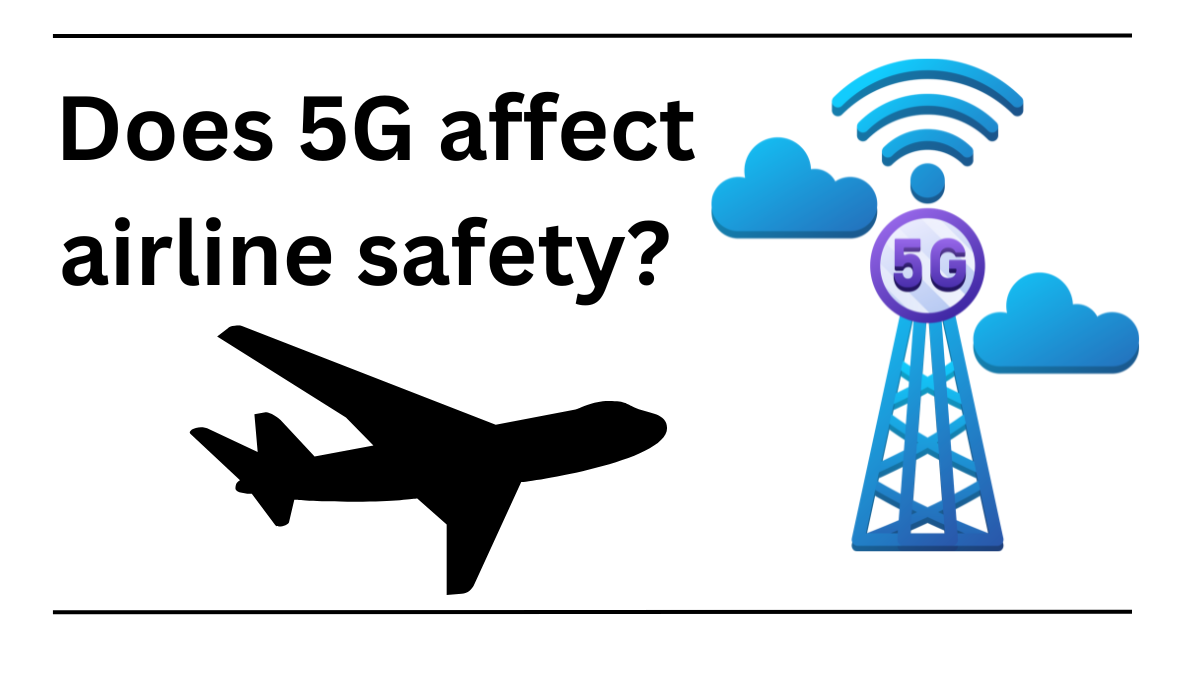
The buzz around 5G, the next generation of wireless technology, promises faster speeds and smoother connections. But amidst the excitement, concerns arose about a potential clash with another critical domain: airplane safety. So, does 5G really threaten ground flights? Buckle up, as we navigate the ins and outs of this complex issue.
Understanding the issue:
The crux of the concern lies in the frequency bands used by 5G and aircraft equipment, particularly radio altimeters. These instruments measure an airplane’s height above the ground, which is crucial for safe landings, especially in low visibility conditions. Some 5G networks operate in a band close to the frequency used by altimeters, raising fears of interference that could lead to inaccurate readings and potentially, disastrous consequences.
The Debate Heats Up:
Airlines and aviation authorities initially expressed strong concerns, citing potential risks and demanding stricter regulations. They highlighted the importance of prioritizing safety above all else, urging caution in 5G deployment near airports. This sparked a heated debate between the aviation industry and telecom companies, each highlighting studies and data supporting their viewpoints.
Delving Deeper: Separating Myth from Reality:
It’s important to understand that blanket statements about 5G posing a direct threat to aviation safety are misleading. Extensive testing and analysis reveal several nuances:
1. Not all 5G is created equal. Different 5G bands operate at varying frequencies. The specific band causing concern (C-band) is indeed close to the altimeter frequency. However, other 5G bands operate at significantly different frequencies, posing no known interference risk.
2. Safeguards and Solutions: Thankfully, proactive measures are being implemented to ensure safe coexistence. Collaboration between regulatory bodies, aviation and telecom industries has led to:
- Buffer Zones: Limiting 5G tower power and creating buffer zones around airports to minimize potential interference.
- Equipment Upgrades: Airlines are gradually upgrading their altimeters to models with improved filtering capabilities, making them less susceptible to interference.
- Operational Adjustments: Pilots are receiving additional training and implementing operational adaptations to account for potential interference scenarios.
3. Global Perspective: It’s worth noting that 5G has been deployed in several countries without reported safety incidents related to aircraft interference. This reinforces the effectiveness of implemented safeguards and suggests the potential for safe coexistence.
The Current Landscape:
As of today, the situation is evolving. With the implemented measures, the risk of interference has been significantly mitigated. In the US, regulations stipulate that airlines operating unequipped aircraft in low-visibility conditions face certain restrictions. However, the industry continues to push for stricter regulations and further studies to guarantee absolute safety.
Looking Ahead:
The 5G and aviation industries are working together to ensure a smooth and safe flight path for both technological advancements. Continuous monitoring, data analysis, and ongoing collaboration are crucial to address any evolving concerns and maintain the highest safety standards.
Remember:
Safety remains the top priority for both industries. While initial concerns were valid, ongoing efforts and implemented solutions have minimized the risk of interference. Stay informed and trust the rigorous testing and regulations in place to ensure safe skies and a seamless 5G rollout.
conclusion
The initial turbulence surrounding 5G’s potential impact on aviation safety has settled, replaced by a collaborative effort towards safe coexistence. While the possibility of interference existed, ongoing measures like buffer zones, equipment upgrades, and operational adjustments have significantly mitigated the risk. While the conversation remains fluid, with regulations constantly evolving, one thing remains clear: safety remains the paramount concern for both industries.
Going forward, continuous monitoring, data analysis, and collaboration will be crucial. As 5G technology further integrates into our lives, we can be confident that the aviation industry, with its rigorous safety standards and ongoing advancements, will ensure a smooth landing for both technological innovations, allowing us to enjoy the benefits of both without compromising safety in the sky.
Remember, while concerns were valid, the implemented solutions have minimized the risk, and ongoing efforts guarantee continuous improvement. So, fasten your seatbelts, relax, and enjoy the flight, knowing that both industries are working tirelessly to ensure a safe and technologically advanced future for air travel.
FAQ
Not necessarily. While some 5G bands operate close to the frequency used by radio altimeters, implemented safeguards like buffer zones and equipment upgrades have significantly reduced the risk of interference.
No. Regulations currently allow flights to operate normally, with some restrictions for unequipped aircraft in low-visibility conditions. Ongoing monitoring and adjustments ensure continued safety.
Yes, 5G has been deployed in several countries without reported safety incidents related to airplane interference, further supporting the effectiveness of implemented solutions.
Yes, airlines are gradually upgrading their altimeters to models with improved filtering capabilities, making them less susceptible to interference. This upgrade process is ongoing.
Regulatory bodies, aviation authorities, and telecom companies are all collaborating to implement and monitor safeguards, ensuring safe coexistence through buffer zones, equipment upgrades, and operational adjustments.
Continuous monitoring, data analysis, and collaboration between industries will be crucial for addressing any evolving concerns and maintaining the highest safety standards. We can expect ongoing adjustments and regulations to ensure a smooth flight path for both technologies.
No. Extensive testing and implemented measures significantly reduce the risk of interference. The aviation industry prioritizes safety, and regulations are in place to ensure your safe journey.
5G
FR3 Frequency Range in 5G Technology

The evolution of mobile connectivity continues apace, and the FR3 frequency range emerges as a pivotal player in the 5G landscape. But what exactly is FR3, and how does it revolutionize our wireless experience? Buckle up, technology enthusiasts, as we delve into this transformative spectrum.
FR3 Defined: From Millimeter Waves to Mega Potential
Spanning the vast territory of 7.125 GHz to 24.25 GHz, FR3, also known as the upper-midband, resides within the broader millimeter wave (mmWave) spectrum. MmWave frequencies boast the potential for blazing-fast data speeds, exceeding 1 Gbps in ideal conditions.
Key Advantages of FR3:
- Unprecedented Speed: Compared to sub-6 GHz bands, FR3 offers a significant leap in download and upload speeds, enabling lightning-fast data transfers and near-instantaneous responses.
- Enhanced Capacity: The wider bandwidth of FR3 translates to more available channels, accommodating more devices and users without congestion, especially in high-density areas.
- Reduced Latency: FR3 minimizes delays between sending and receiving data, which is crucial for real-time applications like AR/VR, autonomous vehicles, and industrial automation.
Real-World Applications of FR3:
Beyond speed benchmarks, FR3 empowers a range of transformative use cases:
- Smart Cities: Imagine traffic lights seamlessly communicating, self-driving cars navigating intricate intersections, and connected sensors optimizing energy usage—FR3 fuels these intelligent urban ecosystems.
- Remote Healthcare: Telemedicine flourishes as high-resolution images and real-time data transfer enable accurate diagnoses and remote consultations.
- Immersive Entertainment: Virtual reality gaming becomes even more realistic with near-instantaneous responses and high-fidelity graphics, blurring the lines between reality and the digital world.
- Industrial Automation: Factories hum with enhanced efficiency, as machines communicate effortlessly, enabling real-time monitoring and control.
Challenges and Considerations:
While FR3 promises immense potential, challenges remain:
- Limited Coverage: Compared to lower frequencies, mmWave signals have a shorter range, requiring denser network infrastructure for wider coverage.
- Device Availability: Currently, fewer devices support FR3 compared to sub-6 GHz bands. As adoption grows, this gap will narrow.
- Cost: Deploying and utilizing mmWave technology incurs higher costs, which may impact initial accessibility.
Conclusion: A Brighter Future Powered by FR3
Despite the challenges, the FR3 frequency range holds immense promise for the future of 5G. Its potential to unlock faster speeds, greater capacity, and lower latency paves the way for innovative applications and revolutionizes entire industries. As technology advancements and infrastructure investments increase, FR3 will play a pivotal role in shaping a more connected, efficient, and immersive world.
FAQ
- What is the FR3 frequency range?
Recently, additional spectrum in the 7.125 GHz to 24.25 GHz band has been made available for wireless communication. This frequency range, designated as FR3, has been set aside to support the anticipated increase in wireless communication.
- What is the frequency of FR3 in 6G?
From 7 GHz to 24 GHz
In order to do this, FR3, or upper mid-band frequency range, which covers the frequency range of 7 GHz to 24 GHz, has become a key area of focus for 6G communications. - What is the frequency range of 5G FR1 and FR2?
There are two primary frequency ranges in which 5G NR operates: FR1 and FR2. Sub-6 GHz frequencies make up FR1, and millimeter wave (mmWave) frequencies spanning from 24 GHz to 100 GHz form FR2. The coverage, capacity, and performance of the network are greatly impacted by the frequency range selection.
- What is FR2 in 5G?
The operational frequencies assigned to 5G in the mmWave range (above 24 GHz) make up 5G FR2 (Frequency Range 2). Due to the abundance of accessible bandwidth, these bands are intended to deliver high performance 5G.

 Tech1 year ago
Tech1 year ago3d Printer Technology (Application) (History) And (Types)

 5G11 months ago
5G11 months agoWhat is the difference between 5G and 5G Plus

 5G1 year ago
5G1 year agoHow 5G Technology Will Revolutionize Our Lives and Work

 Tech12 months ago
Tech12 months agoExplain How Technology Has Affected People’s Activity Levels

 Computer9 months ago
Computer9 months agoWhat is a Server on the Internet and How It Works

 cloud computing1 year ago
cloud computing1 year agoEdge Computing: Revolutionizing Data Processing and Analysis

 5G11 months ago
5G11 months agoDifference between 5G nsa and 5G sa

 5G12 months ago
5G12 months agoWhy is 5G Good for Edge Computing?

